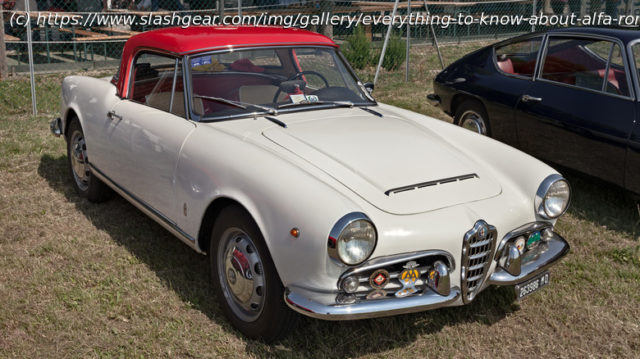Alfa Romeo has always been the motorhead’s choice for buzzy, beautiful sports cars. Here’s everything worth knowing about the company’s classic Twin Cam engine.
From Alfa Romeo’s stiletto-heel elegant Tonale SUV to the Giulia GTA so stylish it let each customer design their own racing livery, the Milan automaker has a rich history of building beautiful performance cars. With decades of outstanding racing and road-going car history, there is a lot to unpack. However, one outstanding constant throughout the lineage of Alfa Romeo cars both on track and on the road is the Twin-Cam engine. As one might assume based on the name, it’s a dual-overhead-camshaft engine. What one wouldn’t assume from the name, though, is that this engine had an amazing production lifespan that lasted an unprecedented 40 years.
The Alfa Romeo Twin-Cam (commonly referred to as “Bialbero”) is a four-cylinder engine that started its life way back in 1954. Alfa Romeo set out to produce a durable, lightweight engine using aluminum alloy for the cylinder block. The design had hemispherical combustion chambers and a matching aluminum alloy cylinder head. As we’ve established, that cylinder head featured a pair of camshafts. They’re driven by a timing chain and each camshaft was adjustable independently of the other to allow for timing changes. That said, as you might imagine, the engine went through a few changes in 40 years.The Twin-Cam’s Early Years
The Alfa Romeo Giulietta was the first car to sport this engine. With 1.3 liters of displacement, the Twin-Cam offered between 53 and 100 horsepower depending on the car’s trim level. The low-end model, the Giulietta Berlina, used a single carburetor setup and still managed a top speed of around 87 miles per hour — not bad for 1954. Sprint and Spider models got a double-choke carb setup and a higher compression ratio for 65 horsepower.






